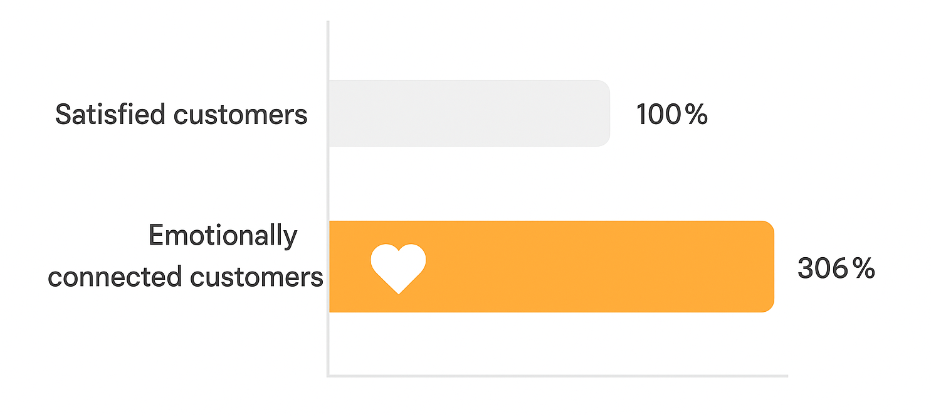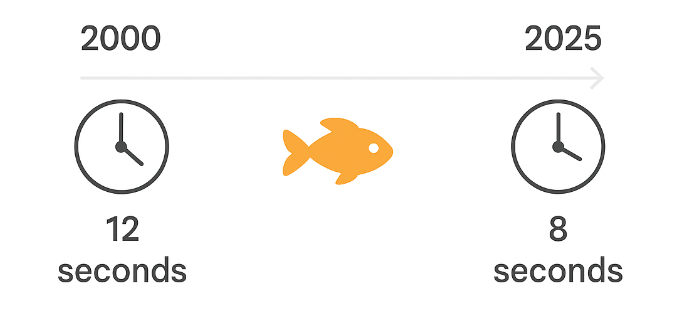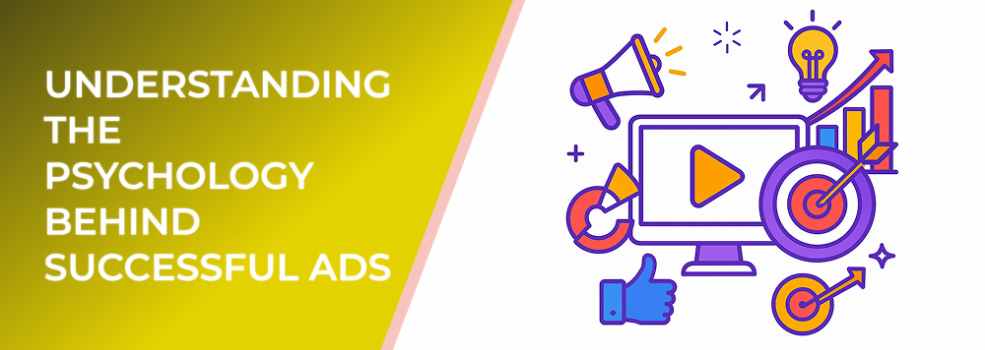Learn how psychological principles drive audience engagement, boost conversions, and help businesses craft campaigns that resonate emotionally and intellectually.
Understanding the Psychology Behind Successful Ads
In today’s fast-paced digital world, standing out in the sea of advertisements requires more than just eye-catching visuals. Successful ads tap into the very core of human psychology, leveraging emotional and cognitive triggers that influence decision-making. Whether it’s a social media ad or a billboard campaign, understanding how consumers think and feel is crucial for effective marketing.
The Power of Emotions
Emotions play a central role in how consumers perceive brands and make purchasing decisions. Research by the Harvard Business Review found that emotional connections can increase customer lifetime value by more than 300%. People remember how an ad made them feel far more than what it said. Joy, surprise, nostalgia, and even fear can drive engagement and brand loyalty when used appropriately.

Emotionally connected customers deliver 306% greater lifetime value than merely satisfied ones
Advertisers who understand emotional cues can tailor their messaging to evoke specific reactions. For example, an ad showing happy families using a product doesn’t just sell the product—it sells the feeling of comfort, belonging, and satisfaction.
Cognitive Triggers: The Science of Attention
Human attention spans are shrinking. According to Microsoft’s attention span study, the average person’s attention span dropped to just 8 seconds, shorter than that of a goldfish. That means your ad has mere seconds to capture interest.

Human attention span has declined to about 8 seconds in the digital age
This is where cognitive psychology comes into play. Techniques such as scarcity (“Limited Time Offer”) and social proof (“Join 1,000+ satisfied customers”) use cognitive biases to guide decisions. People tend to follow what others are doing and fear missing out on exclusive opportunities. These principles, when integrated strategically, can significantly boost click-through and conversion rates.
The Role of Color and Design
Visual psychology is another critical factor. Colors, typography, and imagery evoke specific associations and emotions. For instance, blue builds trust, red creates urgency, and green signals growth and harmony. Even subtle design changes can affect consumer behavior and perception of brand reliability.
When creating ad visuals, consistency with brand identity is key. Consumers should instantly recognize your brand across all platforms—a principle LeadEnforce tools help businesses maintain across their ad campaigns.
Data-Driven Personalization
Psychology isn’t just about emotions; it’s also about relevance. Personalized ads based on audience behavior can increase engagement by up to 80%, according to Epsilon. Data-driven targeting allows marketers to align their messages with specific audience needs, interests, and pain points. When customers see content that resonates personally, they’re more likely to take action.
Building Trust Through Authenticity
Modern consumers value authenticity more than ever. Over 86% of people say authenticity influences their buying decisions. Ads that feel genuine—not forced—create trust and long-term loyalty. This is why storytelling has become a cornerstone of modern advertising. A relatable story builds an emotional bridge between the brand and the audience.
Final Thoughts
Understanding the psychology behind successful ads allows marketers to move beyond aesthetics and focus on connection. When brands use psychological principles with authenticity, data, and emotional intelligence, they don’t just attract attention—they inspire action.
For those looking to take their campaigns to the next level, LeadEnforce provides powerful audience targeting and analytics tools that help you reach the right people, with the right message, at the right time.
You may also like:

